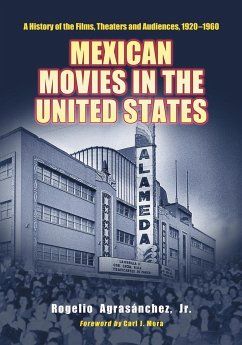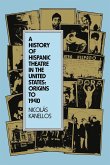A surge of immigration in the United States in the 1920s coincided with burgeoning developments in entertainment--including cinema. Movie houses sprang up in areas where Latin American populations were concentrated, and the advent of talkies propelled the Spanish speaking movie industry into high gear. As the U.S. entered World War II, films from Mexico dominated that industry, creating a culture of Mexican cinema that offered entertainment, a reflection of native values and customs, and a link to the homeland. This book is a richly detailed look at Mexican cinema's boom years in the United States, 1920 to 1960. Chapters focus on the appeal of Mexican cinema and the venues that evolved where Hispanic populations were centered. Theaters, distributors, audience demographics, popular and critical reception of the films, and stars all receive attention. Included are lists of theaters in California, Texas and cities in other states that exhibited Mexican films between 1920 and 1960.
Hinweis: Dieser Artikel kann nur an eine deutsche Lieferadresse ausgeliefert werden.
Hinweis: Dieser Artikel kann nur an eine deutsche Lieferadresse ausgeliefert werden.








